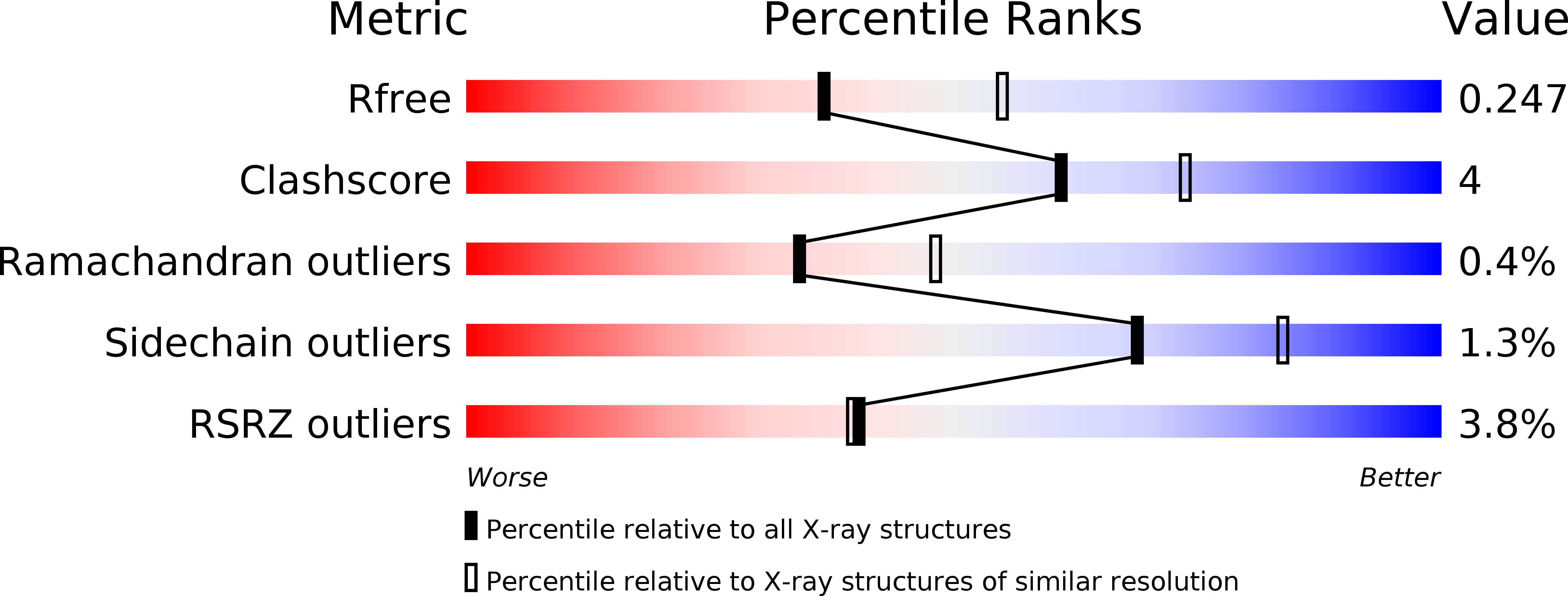
Deposition Date
2012-08-28
Release Date
2012-09-26
Last Version Date
2023-09-13
Method Details:
Experimental Method:
Resolution:
2.40 Å
R-Value Free:
0.24
R-Value Work:
0.20
R-Value Observed:
0.20
Space Group:
H 3 2


